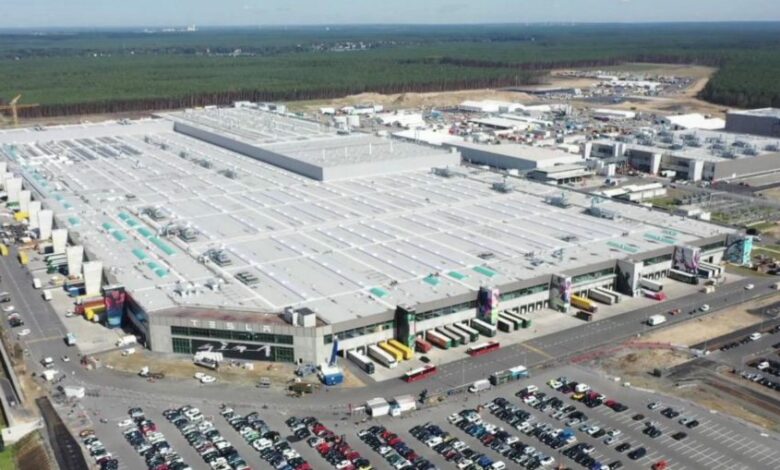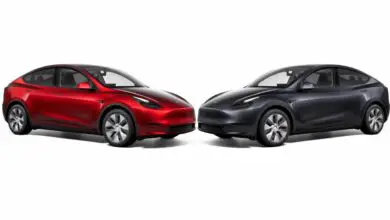Tesla Drives Brandenburg’s Economic Boom Amid Germany’s Downturn
Gigafactory Berlin's Soaring Production Powers Brandenburg's Growth Despite Economic Challenges

Amidst the backdrop of a weakened German economy, the state of Brandenburg stands out as a beacon of economic growth, and Tesla is playing a pivotal role in this resurgence.
“In recent years, this area has developed into the industry with the highest sales and employment in the state of Brandenburg, which is largely due to the ramp-up of production at Tesla,” stated Jörg Steinbach, Economics Minister of Brandenburg. “But it’s not just the company, but also the grown supply industry and the battery materials industry.” According to Rbb24, Brandenburg’s gross domestic product (GDP) has surged by 6 percent this year. Factoring out inflation, the growth rate exceeded a staggering 14 percent.
At the heart of this economic upswing is Gigafactory Berlin, where production has surged to over 5,000 vehicles per week. The approximately 11,000 employees at this facility are making significant contributions to the region’s economy, which has been grappling with challenges.
Remarkably, Brandenburg’s economic trajectory stands in stark contrast to the rest of Germany, where the overall economic output has witnessed a 0.3 percent decrease.
While Tesla undoubtedly stands as a major catalyst for Brandenburg’s economic revival, it is not the sole contributor. The Berlin-Brandenburg Association of Business (UVB) emphasizes the broader impact, with Managing Director Alexander Schirp noting, “It’s not just Tesla that needs to be mentioned here.” He highlights the emergence of a “growth core” that promises to invigorate the entire region. Tesla’s ambitions in Brandenburg include an expansion of its footprint, with plans for the German factory to manufacture battery cells and increase annual vehicle production.
While the project awaits approval, its successful realization would catapult annual vehicle production to an impressive 1 million units and double the capacity of the battery production facility from 50 GWh to 100 GWh.
One critical concern revolves around water usage, and it’s the Strausberg-Erkner Water Association (WSE) that has posed a challenge to the project’s progress.
Nevertheless, it’s highly likely that the project will eventually overcome these hurdles, and Tesla’s economic contribution to the area will soar even higher. This expansion is poised to create additional job opportunities at the Giga Berlin plant, further enhancing its impact on the local economy. This, in turn, may serve as a catalyst for a more robust response from the struggling German economy.



